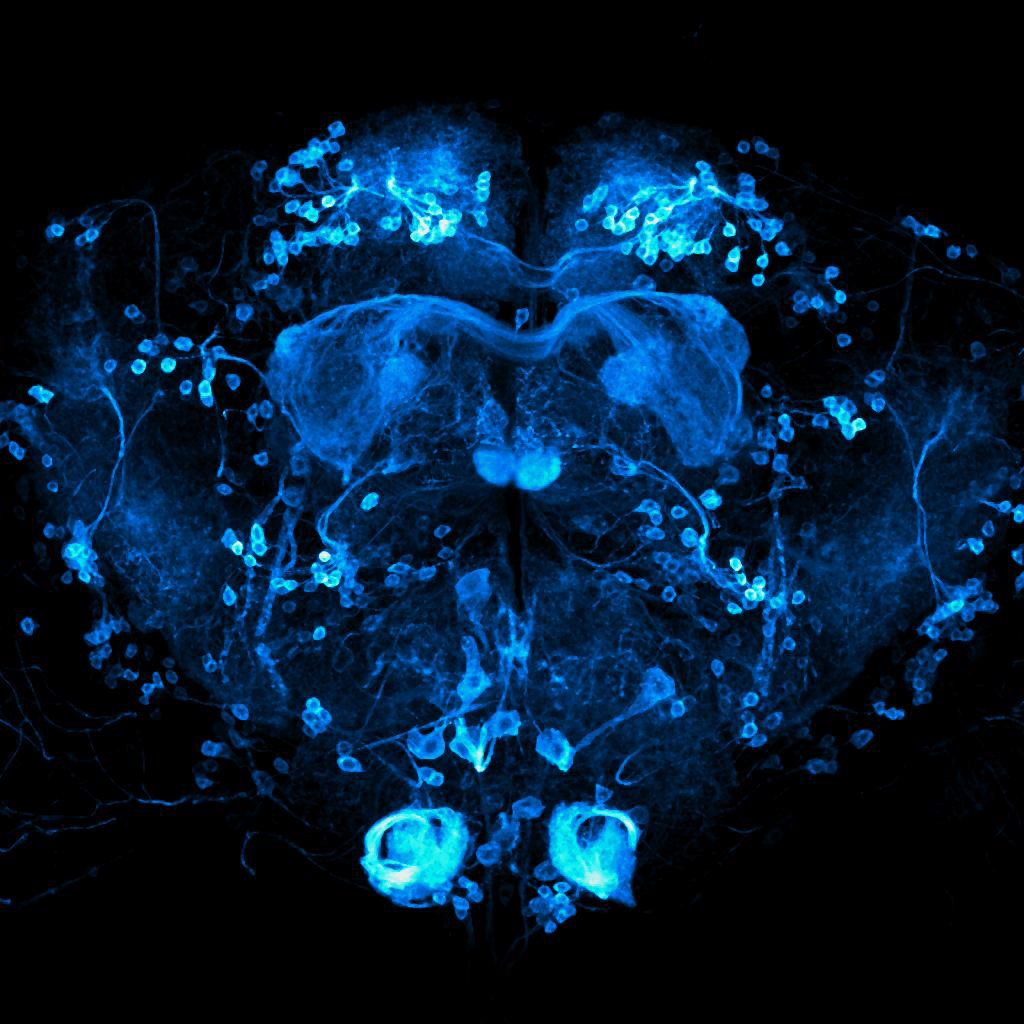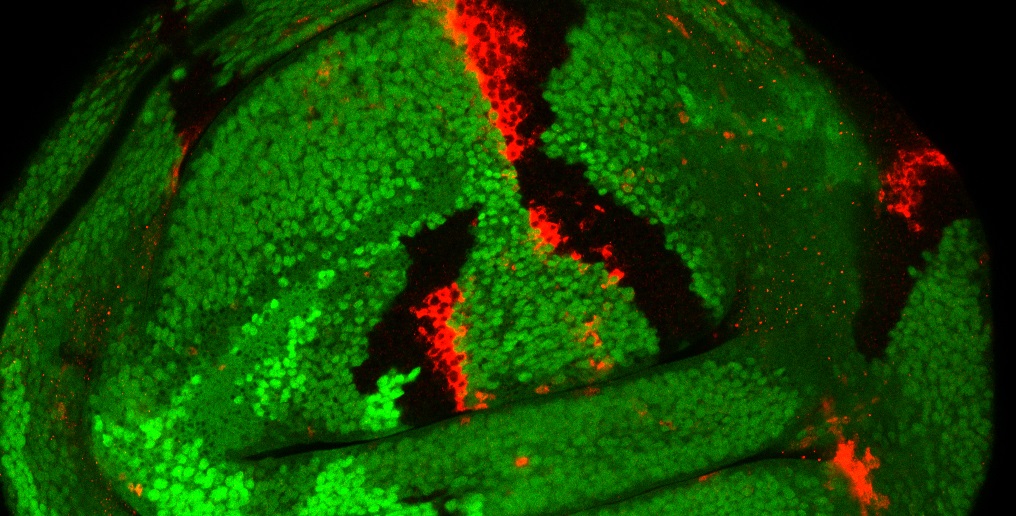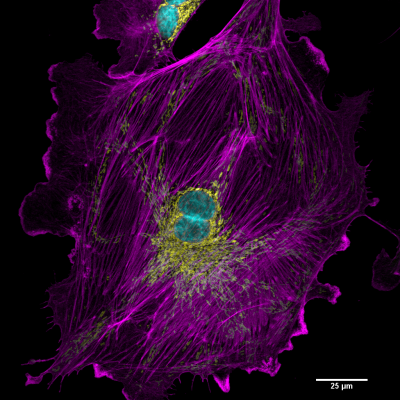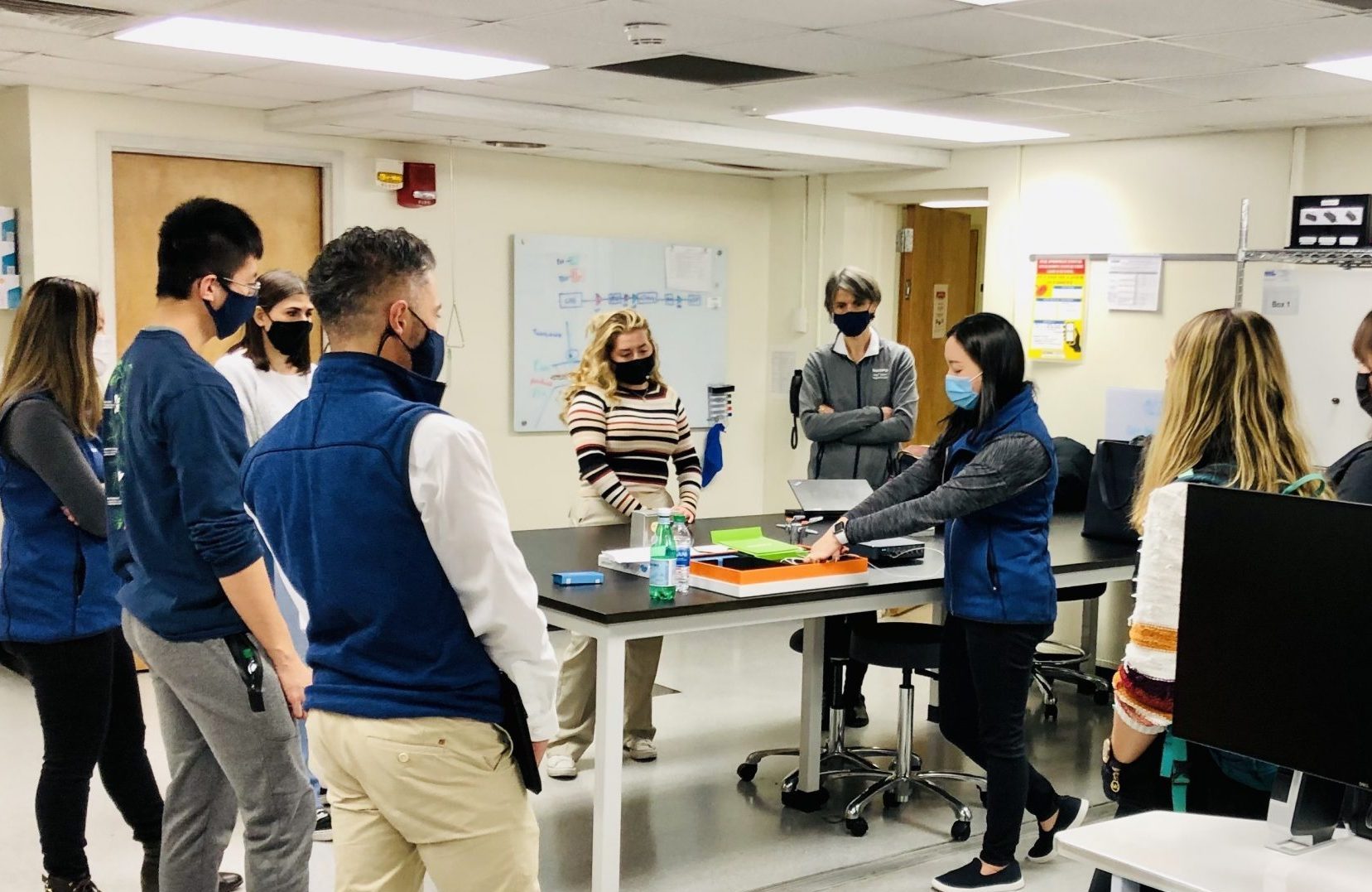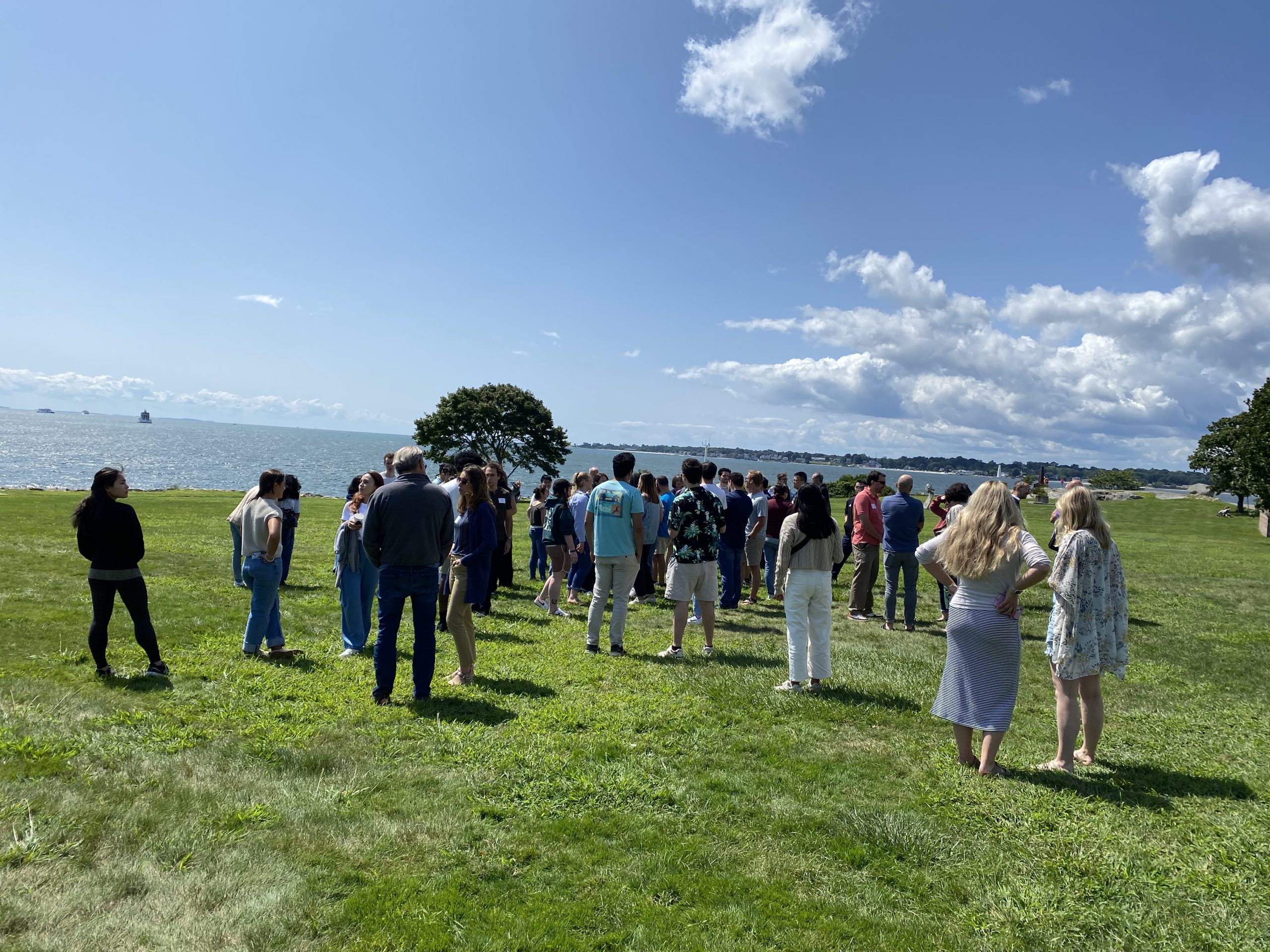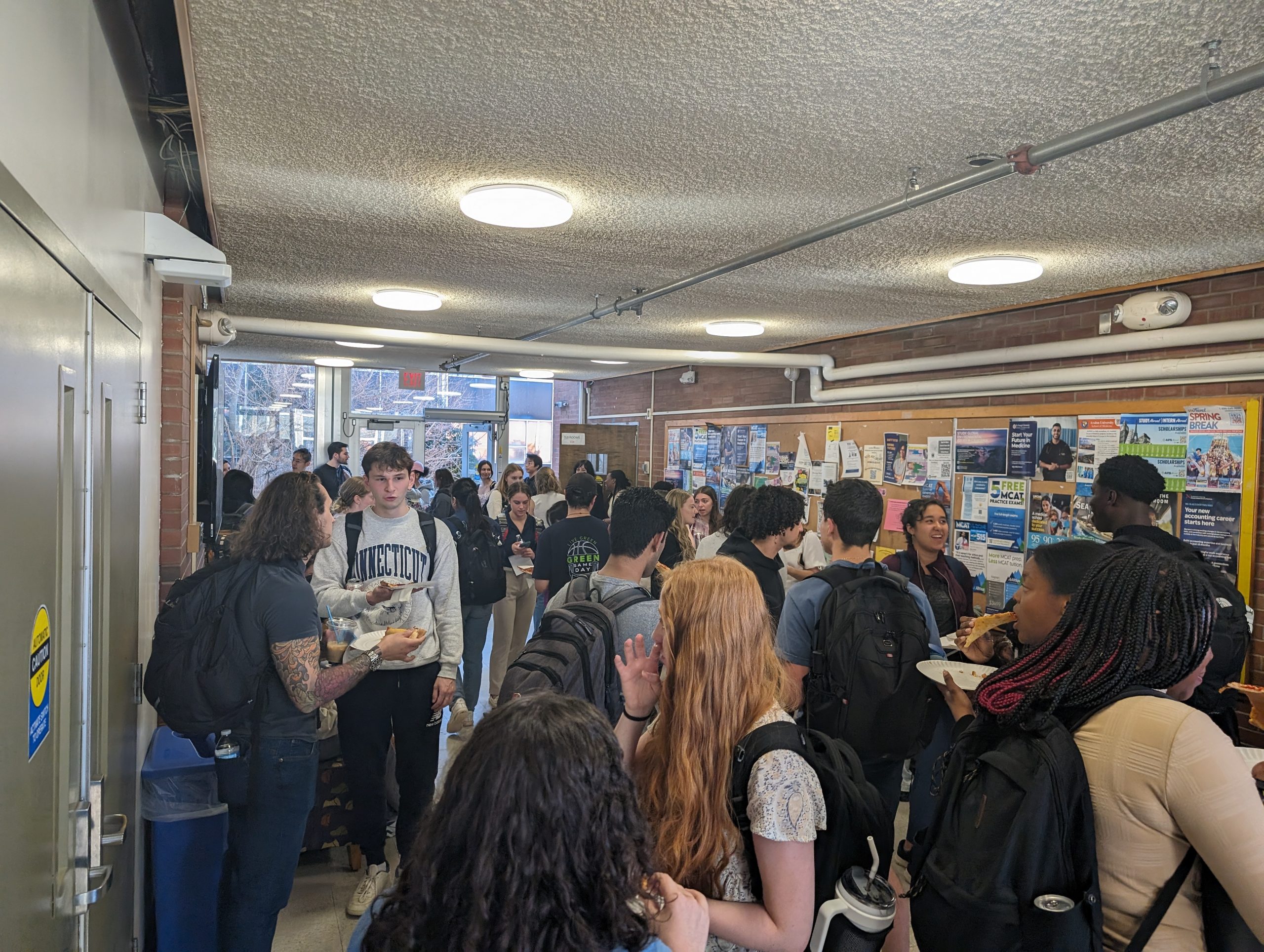
Vibrant, Interactive, & Inclusive Department. Investigating key physiology and neurobiology questions using diverse approaches

Vibrant, Interactive, & Inclusive Department. Investigating key physiology and neurobiology questions using diverse approaches

Vibrant, Interactive, & Inclusive Department. Investigating key physiology and neurobiology questions using diverse approaches

Vibrant, Interactive, & Inclusive Department. Investigating key physiology and neurobiology questions using diverse approaches

Vibrant, Interactive, & Inclusive Department. Investigating key physiology and neurobiology questions using diverse approaches
Click Here to view information and register for the 2024 Fall PNB Graduate Recruitment Open House
Department of
Physiology and Neurobiology
We carry out research and education that is innovative, collaborative, and centered on cutting-edge science. We bring together researchers and educators focused on the molecular, cellular, and circuit-based mechanisms that underlie diverse functions orchestrated by the brain and body. By integrating work across the spectrum of Physiology and Neurobiology, we aim to advance our understanding of brain-body functions and interactions under normal conditions and disease.
Our department is home to nationally recognized researchers in neuroscience, physiology, and education.
A Message From The Department Head
'Welcome to the Department of Physiology and Neurobiology (PNB) website at the University of Connecticut. PNB, formerly the Physiology section of the Department of Biological Sciences, was established as a department in 1986. Today, PNB is one of the twenty-five departments in the College of Liberal Arts and Sciences. We are a vibrant, collegial, interactive, and inclusive department, housed in the Pharmacy/Biology and Torrey Life Science Buildings on the UConn Storrs main campus.
PNB is the home to twenty-six faculty members with diverse cultural and educational background who are investigating fundamental physiology and neurobiology questions using a variety of approaches. Research areas include neurobiology, reproductive biology, development, RNA processing, and human disease models, as well as research on STEM education. We also oversee the Bioscience Electron Microscopy Laboratory, which provides service and training to users across the Storrs campus.'
READ FULL MESSAGE'Welcome to the Department of Physiology and Neurobiology (PNB) website at the University of Connecticut. PNB, formerly the Physiology section of the Department of Biological Sciences, was established as a department in 1986. Today, PNB is one of the twenty-five departments in the College of Liberal Arts and Sciences. We are a vibrant, collegial, interactive, and inclusive department, housed in the Pharmacy/Biology and Torrey Life Science Buildings on the UConn Storrs main campus.'
READ FULL MESSAGEBoundless Research
Boundless Research
 Recent Publications
Recent Publications
- Inhibition of the minor spliceosome restricts the growth of a broad spectrum of cancers July 7, 2025Minor splicing is an under-appreciated splicing system required for the correct expression of ~700 genes in the human genome. This small subset of genes (0.35%) harbours introns containing non-canonical splicing sequences that are recognised uniquely by the minor spliceosome and cannot be processed by the major spliceosome. Using in vivo zebrafish and mouse cancer models, […]Karen Doggett, Kimberly J Morgan, Anouk M Olthof, Stephen Mieruszynski, Benjamin B Williams, Alexandra L Garnham, Michael J G Milevskiy, Lachlan Whitehead, Janine Coates, Michael Buchert, Robert J J O'Donoghue, Thomas E Hall, Tracy L Putoczki, Matthias Ernst, Kate D Sutherland, Rahul N Kanadia, Joan K Heath
- H- and m-channel overexpression promotes seizure-like events by impairing the ability of inhibitory neurons to process correlated inputs June 30, 2025Channelopathies affecting the hyperpolarization-activated cyclic nucleotide gated (HCN or h-) channel and the Kv7 voltage gated m-type potassium (m-) channel present a paradox in epilepsy research: despite experimental evidence that both over- and underexpression of these channels can be epileptogenic, channel overexpression does not appear to increase the excitatory-inhibitory (E-I) balance as caused by channel […]Scott Rich, Taufik A Valiante, Jérémie Lefebvre
- Morphology of Oligodendroglial Cells June 11, 2025Oligodendrocytes are cells in the central nervous system that are specialised to form myelin sheaths around axons. They are generated from oligodendrocyte precursor cells that persist in the adult brain and are responsible for myelin plasticity that is essential for learning and repair in pathology. Oligodendrocytes exhibit morphological and molecular heterogeneity, and, besides their role […]Arthur Butt, Adam Willis, Rachel Stevens, Ian Hunter, Akiko Nishiyama
- Response to: Anesthetic Effect on the Subthalamic Nucleus in Microelectrode Recording and Local Field Potential of Parkinson's Disease June 4, 2025No abstractCinira Diogo, Christopher R Conner
- An integrated anatomical, functional and evolutionary view of the Drosophila olfactory system May 19, 2025The Drosophila melanogaster olfactory system is one of the most intensively studied parts of the nervous system in any animal. Composed of ~50 independent olfactory neuron classes, with several associated hygrosensory and thermosensory pathways, it has been subject to diverse types of experimental analyses. However, synthesizing the available information is limited by the incomplete data […]Richard Benton, Jérôme Mermet, Andre Jang, Keita Endo, Steeve Cruchet, Karen Menuz
- Parvalbumin-expressing neurons in the ventral medulla are active during wakefulness and promote NREM sleep April 30, 2025A longstanding hypothesis contends that sleep is promoted by sleep-active inhibitory neurons that suppress arousal centers. Sleep may also be facilitated by mechanisms active during wakefulness; however, evidence for wake active sleep promoting neurons is scarce. Here, we use chemogenetics, fiber photometry and circuit mapping to identify subset(s) of inhibitory neurons promote NREM sleep. We […]Colin M Cleary, George M P R Souza, Stephen B G Abbott, Daniel K Mulkey
- Exploring the evolution of evidence synthesis: a bibliometric analysis of umbrella reviews in medicine April 11, 2025CONCLUSION: This bibliometric analysis confirms the expanding influence and utility of umbrella reviews in medical research and decision-making. By charting the evolution and current trends in this field, our study not only showcases the geographical and institutional distribution of research but also guides future scholarly efforts to advance evidence synthesis methodologies.Sandeep Samethadka Nayak, Ehsan Amini-Salehi, Michael T Ulrich, Yasmin Sahli, Micah Fleischman, Masum Patel, Mahdi Naeiji, Hasan Maghsoodifar, Seyed Amir Hossein Sadeghi Douki, Abdolhadi Alotaibi, Niloofar Faraji, Soheil Hassanipour, Mohammad Hashemi, Mohammad-Hossein Keivanlou
- GATA factor Serpent promotes phagocytosis in non-professional phagocytes during Drosophila oogenesis March 26, 2025Clearance of dying cells is essential for tissue homeostasis and requires both professional and non-professional phagocytes; however, it is unclear what promotes phagocytosis by non-professional phagocytes. Follicle cells of Drosophila egg chambers function as non-professional phagocytes to clear large germ cell debris in mid and late oogenesis, providing an excellent model for the study of […]Baosheng Zeng, Haley Grayson, Jianjun Sun
- An integrated anatomical, functional and evolutionary view of the <em>Drosophila</em> olfactory system January 27, 2025The Drosophila melanogaster olfactory system is one of the most intensively studied parts of the nervous system in any animal. Composed of ~60 independent olfactory neuron classes, with several associated hygrosensory and thermosensory pathways, it has been subject to diverse types of experimental analyses. However, synthesizing the available data is limited by the incompleteness and […]Richard Benton, Jérôme Mermet, Andre Jang, Keita Endo, Steeve Cruchet, Karen Menuz
- Multilayer regulation underlies the functional precision and evolvability of the olfactory system January 27, 2025Sensory neurons must be reproducibly specified to permit accurate neural representation of external signals but also able to change during evolution. We studied this paradox in the Drosophila olfactory system by establishing a single-cell transcriptomic atlas of all developing antennal sensory lineages, including latent neural populations that normally undergo programmed cell death (PCD). This atlas […]Jérôme Mermet, Steeve Cruchet, Asfa Sabrin Borbora, Daehan Lee, Phing Chian Chai, Andre Jang, Karen Menuz, Richard Benton
- Efficient gene delivery admitted by small metabolites specifically targeting astrocytes in the mouse brain January 12, 2025The development of efficient and targeted methods for delivering DNA in vivo has long been a major focus of research. In this study, we introduce a gene delivery approach admitted by small metabolites (gDAM) for the efficient and targeted delivery of naked DNA into astrocytes in the adult brains of mice. gDAM uses a straightforward […]Haibin Zhou, Jiajing Dai, Dong Li, Luyao Wang, Meng Ye, Xiaoling Hu, Joseph LoTurco, Ji Hu, Wenzhi Sun
- Plural molecular and cellular mechanisms of pore domain <em>KCNQ2</em> encephalopathy January 6, 2025KCNQ2 variants in children with neurodevelopmental impairment are difficult to assess due to their heterogeneity and unclear pathogenic mechanisms. We describe a child with neonatal-onset epilepsy, developmental impairment of intermediate severity, and KCNQ2 G256W heterozygosity. Analyzing prior KCNQ2 channel cryoelectron microscopy models revealed G256 as a node of an arch-shaped non-covalent bond network linking S5, […]Timothy J Abreo, Emma C Thompson, Anuraag Madabushi, Kristen L Park, Heun Soh, Nissi Varghese, Carlos G Vanoye, Kristen Springer, Jim Johnson, Scotty Sims, Zhigang Ji, Ana G Chavez, Miranda J Jankovic, Bereket Habte, Aamir R Zuberi, Cathleen M Lutz, Zhao Wang, Vaishnav Krishnan, Lisa Dudler, Stephanie Einsele-Scholz, Jeffrey L Noebels, Alfred L George, Atul Maheshwari, Anastasios Tzingounis, Edward C Cooper
- Advancements in Immunity and Dementia Research: Highlights from the 2023 AAIC Advancements: Immunity Conference December 18, 2024The immune system is a key player in the onset and progression of neurodegenerative disorders. While brain resident immune cell-mediated neuroinflammation and peripheral immune cell (eg, T cell) infiltration into the brain have been shown to significantly contribute to Alzheimer's disease (AD) pathology, the nature and extent of immune responses in the brain in the […]Courtney M Kloske, Simin Mahinrad, Christopher J Barnum, Andre F Batista, Elizabeth M Bradshaw, Brittany Butts, Maria C Carrillo, Paramita Chakrabarty, Xiaoying Chen, Suzanne Craft, Sandro Da Mesquita, Luke C Dabin, Davangere Devanand, Violeta Duran-Laforet, Wassim Elyaman, Elizabeth E Evans, Patricia Fitzgerald-Bocarsly, Kate E Foley, Ashley S Harms, Michael T Heneka, Soyon Hong, Yu-Wen A Huang, Stephanie Jackvony, Laijun Lai, Yann Le Guen, Cynthia A Lemere, Shane A Liddelow, Alfonso Martin-Peña, Anna G Orr, Francisco J Quintana, Grace D Ramey, Jessica E Rexach, Stacey J S Rizzo, Claire Sexton, Alice S Tang, Jose G Torrellas, Andy P Tsai, Lynn van Olst, Keenan A Walker, Whitney Wharton, Malú Gámez Tansey, Donna M Wilcock
- Honoring the legacy of Joseph E. LeDoux: introduction to the Special Issue December 14, 2024No abstractDaniela Schiller, Joshua Johansen, Linnaea Ostroff
- CalDAG-GEFI acts as a guanine nucleotide exchange factor for LRRK2 to regulate LRRK2 function and neurodegeneration November 22, 2024Mutations in LRRK2 are the most common genetic cause of Parkinson's disease (PD). LRRK2 protein contains two enzymatic domains: a GTPase (Roc-COR) and a kinase domain. Disease-causing mutations are found in both domains. Now, studies have focused largely on LRRK2 kinase activity, while attention to its GTPase function is limited. LRRK2 is a guanine nucleotide-binding […]Qinfang Liu, Bingxu Huang, Noah Guy Lewis Guiberson, Shifan Chen, Dong Zhu, Gang Ma, Xin-Ming Ma, Jill R Crittenden, Jianzhong Yu, Ann M Graybiel, Ted M Dawson, Valina L Dawson, Yulan Xiong
Thank you for considering a donation—your support helps us continue to grow, inspire, and create opportunities for future generations.
Diversity, Equity, and Inclusion
The Department of Physiology and Neurobiology seeks to provide a nurturing environment for all students. As a department, we are committed to cultivating an inclusive community for instruction, research, and outreach activities congruent with the mission of the College of Liberal Arts and Sciences and the University.
PNB News
Members of our department are making the latest advancements in science and education and obtaining competitive grants and awards. Check out our PNB News site where we highlight members of our community and the latest PNB news!
Undergraduate Program
Our goal is to prepare our students for diverse careers in research, medicine, biotechnology, government, and many other fields. Undergraduate students in PNB courses are trained to think critically about classic and emerging challenges in the field, as well as a diverse range of tools to take them on.
Graduate Program
Our department offers a Ph.D. program, and M.S. programs that are either thesis or coursework. Our graduate program focuses on the development of technical skills, critical thinking, and effective scientific communication. Our faculty are well funded and work closely with students to engage in cutting-edge research. In addition to these advanced degrees, our department offers a one-year M.S. program in Surgical Neurophysiology for students who are interested in intraoperative neuromonitoring (IONM).
Featured Posts
- Alexandra Salem: Summer Undergraduate Research Fund (SURF) AwardAlexandra Salem was awarded the Summer Undergraduate Research Fund award for her project described below: Patients with Rett syndrome (RTT) are at increased risk of anesthesia-related complications usually involving respiratory insufficiency or cardiac arrythmia. Preliminary results suggest this phenotype is recapitulated in a mouse model of RTT where delivery of injectable or volatile anesthetic results […]





